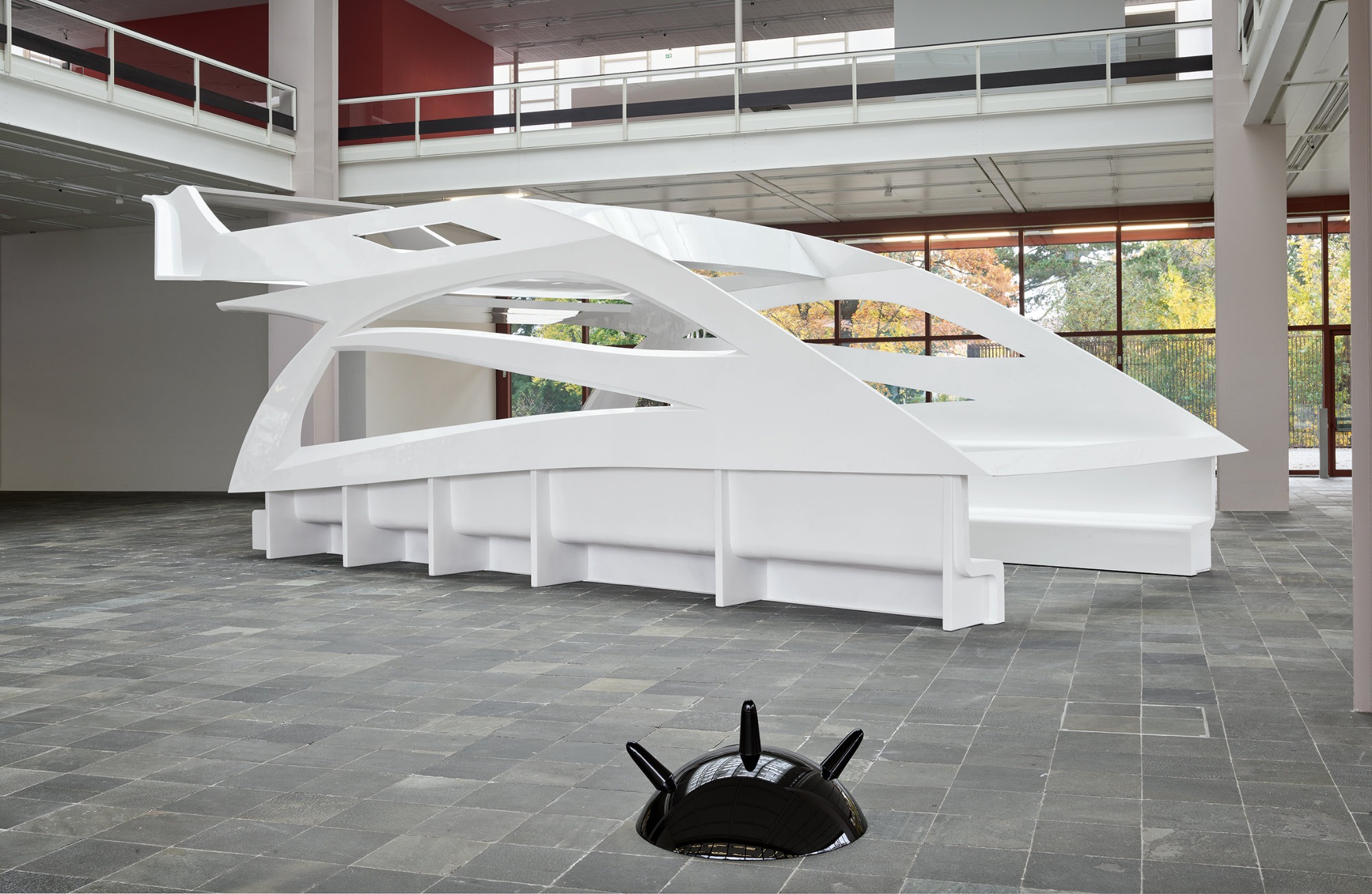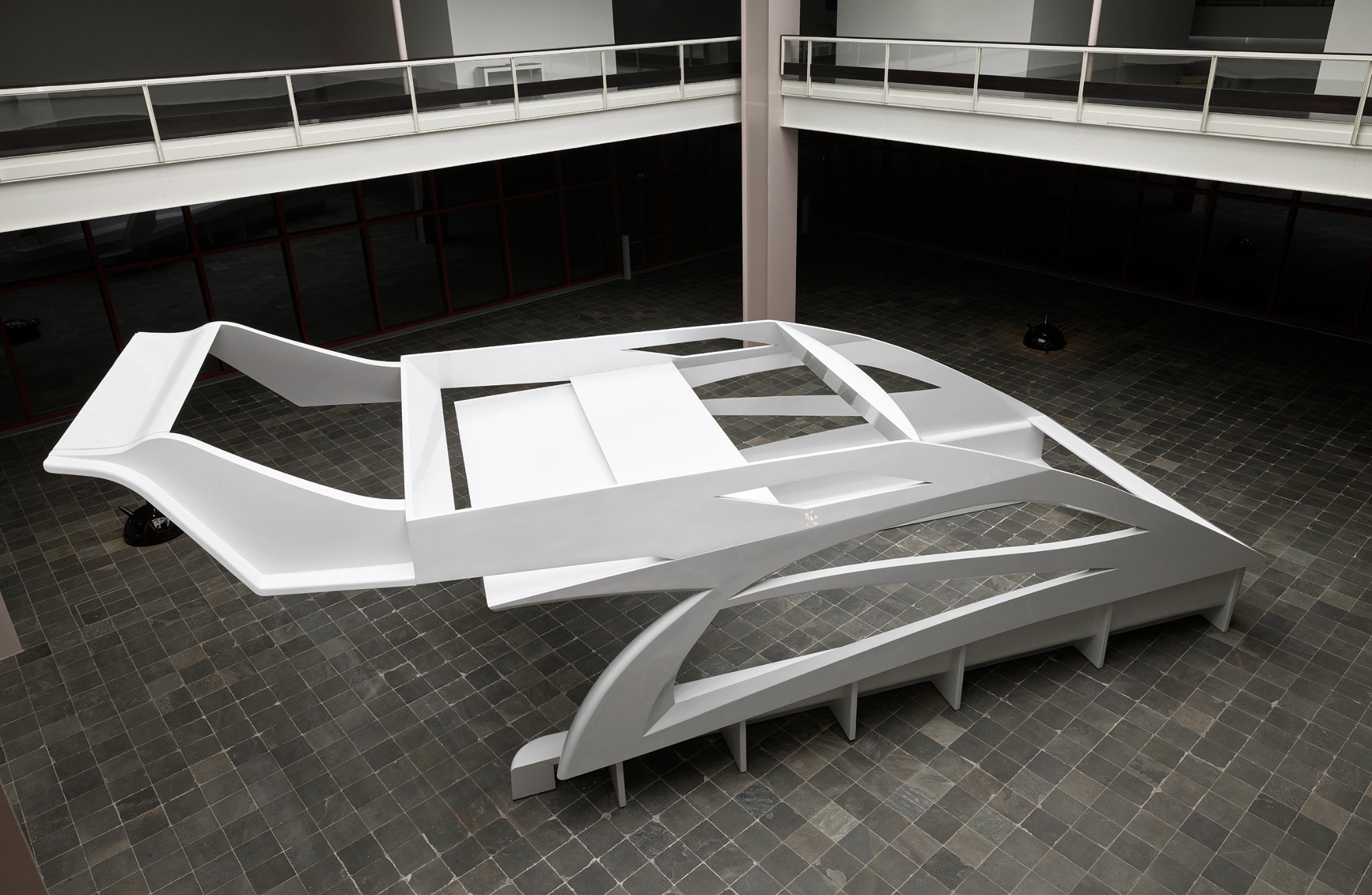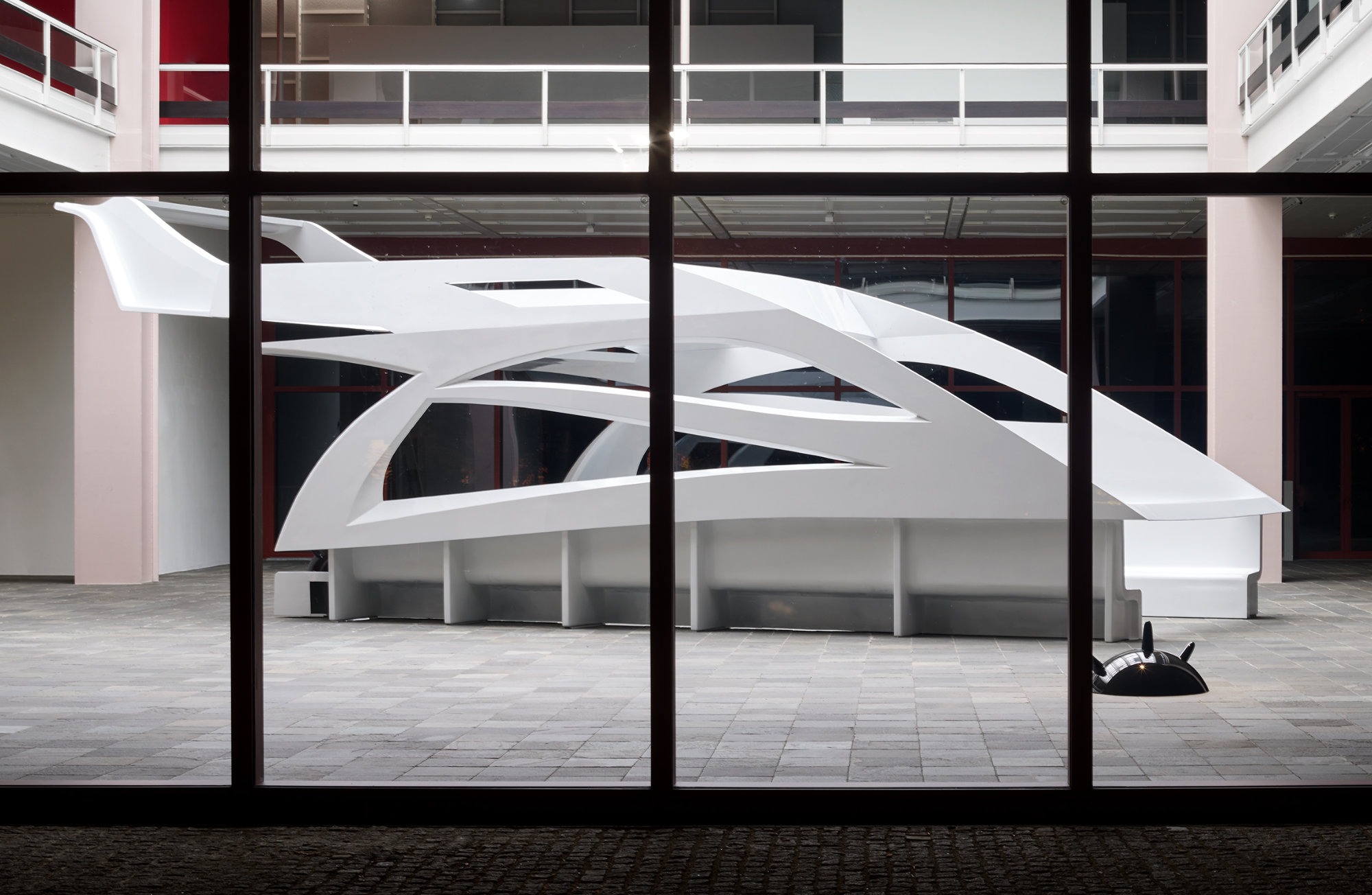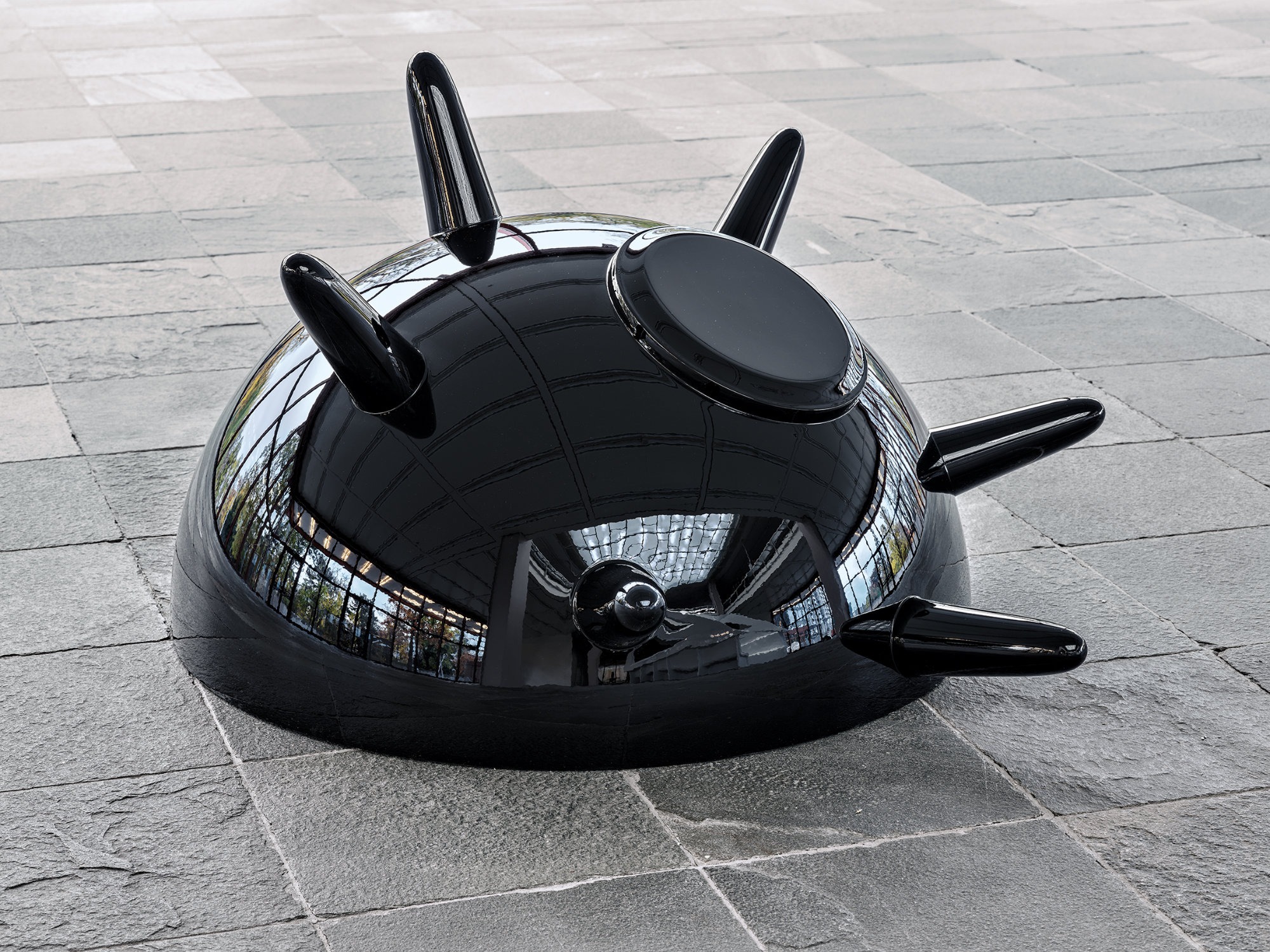Eva Grubinger
Malady of the Infinite
22 Nov 2019 - 06 Jan 2021

Eva Grubinger. Malady of the Infinite. Installation view at Belvedere 21, 2019. Photo: Johannes Stoll, © Belvedere, Vienna; © Bildrecht Wien

Eva Grubinger. Malady of the Infinite. Installation view at Belvedere 21, 2019. Photo: Johannes Stoll, © Belvedere, Vienna; © Bildrecht Wien

Eva Grubinger. Malady of the Infinite. Installation view at Belvedere 21, 2019. Photo: Johannes Stoll, © Belvedere, Vienna; © Bildrecht Wien

Eva Grubinger. Malady of the Infinite. Installation view at Belvedere 21, 2019. Photo: Johannes Stoll, © Belvedere, Vienna; © Bildrecht Wien

Eva Grubinger. Malady of the Infinite. Installation view at Belvedere 21, 2019. Photo: Johannes Stoll, © Belvedere, Vienna; © Bildrecht Wien

Eva Grubinger. Malady of the Infinite. Installation view at Belvedere 21, 2019. Photo: Johannes Stoll, © Belvedere, Vienna; © Bildrecht Wien

Eva Grubinger. Malady of the Infinite. Installation view at Belvedere 21, 2019. Photo: Johannes Stoll, © Belvedere, Vienna; © Bildrecht Wien
EVA GRUBINGER
Malady of the Infinite
22 November 2019 - 6 January 2021
Eva Grubinger’s solo show at the Belvedere 21 paints a picture of structural inequality, of infinite desire with no prospect of satisfaction for rich or poor, tycoon or pirate. Power and impotence face off against each other on the high seas.
Malady of the Infinite focuses on a sculptural object in the center of the exhibition space: the cockpit chassis of a superyacht. Although it dominates the space, it is held at bay by other, much smaller objects: the yacht is surrounded by sea mines that rise from the floor as if floating on the ocean surface.
The oceans are associated with conquest, colonialism, freedom, and autonomy at the same time as being sites of longing and opportunity. After all, the high seas are where not only leisure activities like sailing and traveling take place but also piracy, fishing, shipping, and human trafficking. The yacht occupies a special place among the various crafts on the oceans. It gives pleasure, conveys a sense of control over nature and self-sufficiency from society, while simultaneously symbolizing power and dominance. As a small, swimming state the yacht is geared toward autonomy. Nevertheless, Grubinger’s exhibition suggests that this symbol of advanced capitalism is not immune to risks and dangers—namely to its literal undermining by those who have nothing left to lose. Mines are a cost-effective means of asymmetrical warfare. They are easy to manufacture, quick to distribute, and with little effort have a big impact on even technologically superior adversaries.
Furthermore, Malady of the Infinite is an artistic reflection of a sociopolitical and psychosocial condition known as anomie. The word describes a situation in which social norms are either not highly developed or entirely lacking and provide individuals with no moral compass. This leads to the fragmentation of social identity. The dominance of global capitalism coupled with neoliberalism creates an atmosphere of social disconnection that pervades all layers of society. An associated idea emerging with modernity is that of an unlimited horizon of possibilities that promises all individuals free self-determination and self-actualization. It goes hand in hand with a phenomenon that the sociologist Émile Durkheim called “the malady of the infinite”: an endless desire that cannot materially be satisfied. In Grubinger’s exhibition this phenomenon is expressed in the form of a luxury object that does not work and offers no satisfaction. The superrich are not the only ones to suffer from the infinite; the middle class also finds itself in an existential crisis because it is being eroded by an economic injustice resulting from neoliberalism. The precariat’s frustration at rising social inequality ultimately leads to a departure from ethical conduct. If poverty and instability leave no other room for maneuver, livelihoods are secured by turning to criminality, and this behavior is passed down the generations until it becomes the norm.
Eva Grubinger’s exhibition compresses all this into a sculptural ensemble that emanates suspense and foreboding. The visitors experience a moment of conflict frozen in time, just a hairsbreadth removed from downfall.
Curated by Severin Dünser
Malady of the Infinite
22 November 2019 - 6 January 2021
Eva Grubinger’s solo show at the Belvedere 21 paints a picture of structural inequality, of infinite desire with no prospect of satisfaction for rich or poor, tycoon or pirate. Power and impotence face off against each other on the high seas.
Malady of the Infinite focuses on a sculptural object in the center of the exhibition space: the cockpit chassis of a superyacht. Although it dominates the space, it is held at bay by other, much smaller objects: the yacht is surrounded by sea mines that rise from the floor as if floating on the ocean surface.
The oceans are associated with conquest, colonialism, freedom, and autonomy at the same time as being sites of longing and opportunity. After all, the high seas are where not only leisure activities like sailing and traveling take place but also piracy, fishing, shipping, and human trafficking. The yacht occupies a special place among the various crafts on the oceans. It gives pleasure, conveys a sense of control over nature and self-sufficiency from society, while simultaneously symbolizing power and dominance. As a small, swimming state the yacht is geared toward autonomy. Nevertheless, Grubinger’s exhibition suggests that this symbol of advanced capitalism is not immune to risks and dangers—namely to its literal undermining by those who have nothing left to lose. Mines are a cost-effective means of asymmetrical warfare. They are easy to manufacture, quick to distribute, and with little effort have a big impact on even technologically superior adversaries.
Furthermore, Malady of the Infinite is an artistic reflection of a sociopolitical and psychosocial condition known as anomie. The word describes a situation in which social norms are either not highly developed or entirely lacking and provide individuals with no moral compass. This leads to the fragmentation of social identity. The dominance of global capitalism coupled with neoliberalism creates an atmosphere of social disconnection that pervades all layers of society. An associated idea emerging with modernity is that of an unlimited horizon of possibilities that promises all individuals free self-determination and self-actualization. It goes hand in hand with a phenomenon that the sociologist Émile Durkheim called “the malady of the infinite”: an endless desire that cannot materially be satisfied. In Grubinger’s exhibition this phenomenon is expressed in the form of a luxury object that does not work and offers no satisfaction. The superrich are not the only ones to suffer from the infinite; the middle class also finds itself in an existential crisis because it is being eroded by an economic injustice resulting from neoliberalism. The precariat’s frustration at rising social inequality ultimately leads to a departure from ethical conduct. If poverty and instability leave no other room for maneuver, livelihoods are secured by turning to criminality, and this behavior is passed down the generations until it becomes the norm.
Eva Grubinger’s exhibition compresses all this into a sculptural ensemble that emanates suspense and foreboding. The visitors experience a moment of conflict frozen in time, just a hairsbreadth removed from downfall.
Curated by Severin Dünser

